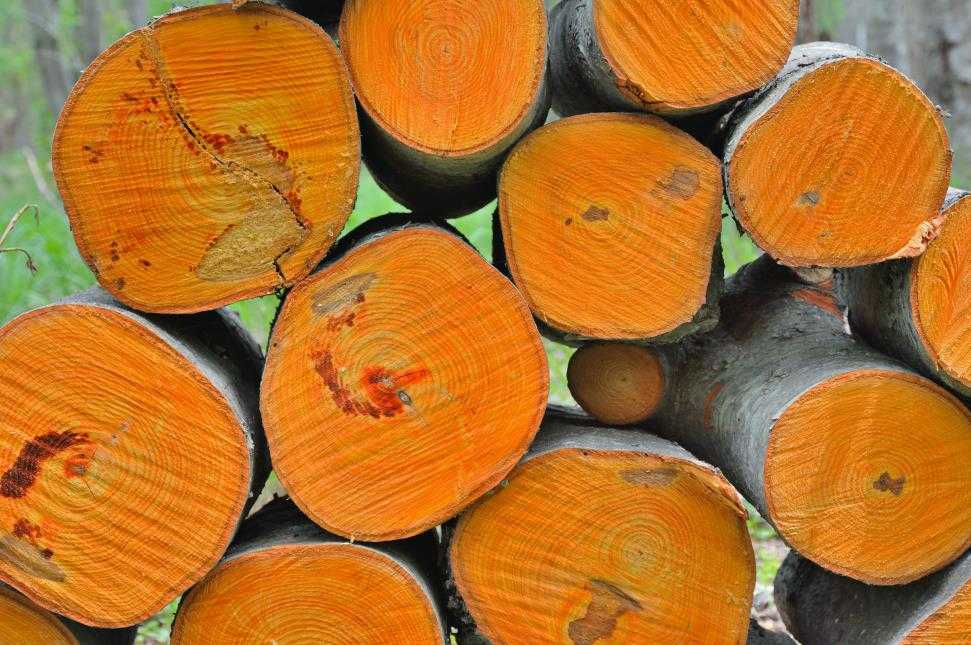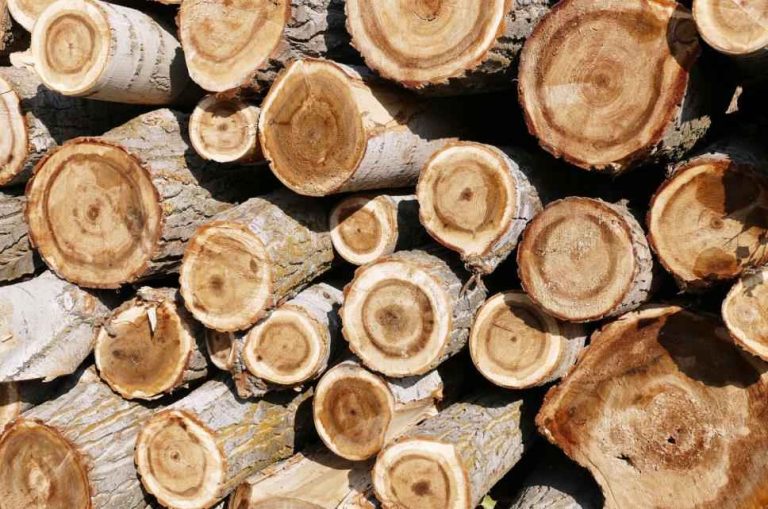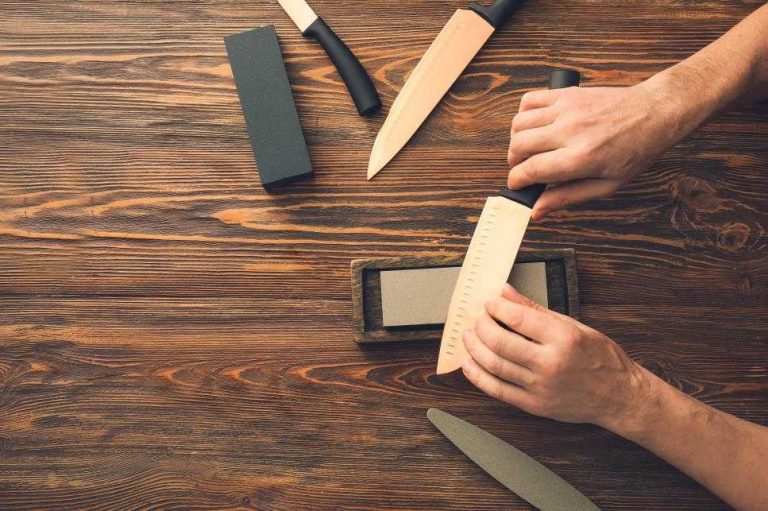The base material is vital when choosing what wooden cutting boards to sell. Numerous kinds of wood have different characteristics and uses that enable them to be a leading pick for manufacturers in that industry.
If you’ve stumbled upon alder and wondering if it makes a good cutting board, we’ll answer the questions you have in this article. Read to the end to learn alder’s characteristics, what to expect from a cutting board made from it and the alternatives you have.
What is alder wood?
Alder is a hardwood that belongs to the same family as birch, Betulaceae. It’s very sustainable and abundantly available in the Northern hemisphere, from the US to Japan. Here’s more to its characteristics.
- Appearance: Alder doesn’t have a color difference between its sapwood and heartwood. It can have a light yellowish tint to reddish brown.
- Hardness: Alder doesn’t have an impressive hardness. The subspecies of alder rarely exceeds 650 lbf on the Janka hardness scale. This hardness tells us a lot about its competence as a cutting board material.
- Texture: Alder has a uniform texture with straight grains. It resists stains and water damage better than most wood. These also give it a fine surface that takes sanding and polishing well.
- Rot resistance: Alder has poor rot resistance. It’s susceptible to rapid decay. It isn’t fit to make outdoor furniture or similar appliances.
- Workability: Woodworkers can make alder cutting boards with minimal effort and the need for specialized tools. It’s easy to carve, sand, and finish alder to turn it into a cutting board.
Buy Wholesale Cutting Boards and Start Scaling up with Us Today
Contact us and connect with a sales rep to get a free quote.
Clear alder vs. knotty alder

Alder has two grades: clear and knotty. Clear alder is exactly as how it’s described above. It has straight grains with a uniform texture, ranging from light tan to reddish brown, resembling cherry in many ways. This alder grade is more suitable for manufacturing cutting boards than the other.
On the other hand, knotty or rustic alder has a unique grain that creates knots, hence the name. Although this adds a pronounced look to furniture, it isn’t ideal for cutting boards. Knotty alder is much cheaper than clear alder with these defects that need filling.
Alder wood as a cutting board material
With everything mentioned, you should have an idea of what kind of cutting board alder could make. Still, here’s more to refine your thoughts on its capabilities as a cutting board material.
Water and moisture resistance
Despite having decent water resistance, alder is not tough enough to stand against constant washing and drying cycles. Even if it’s the edge grain, it can easily build internal moisture, discharge bad odors, and warp or crack at last. This insufficient water resistance is a part of the reason for its poor rot resistance.
These problems can be eased down with proper sealant and finishing, though. Woodworkers must apply a generous amount of food-safe finishes to prevent internal moisture. Such processes enable alder to achieve better resistance against water compared to similarly hard but ring-porous wood, like poplar.
Impact resistance
The 590 to 650 lbf hardness on the Janka hardness scale hints to us about alder’s impact resistance. If you were to rank woods by their score on the Janka hardness scale, alder would be among the softest.
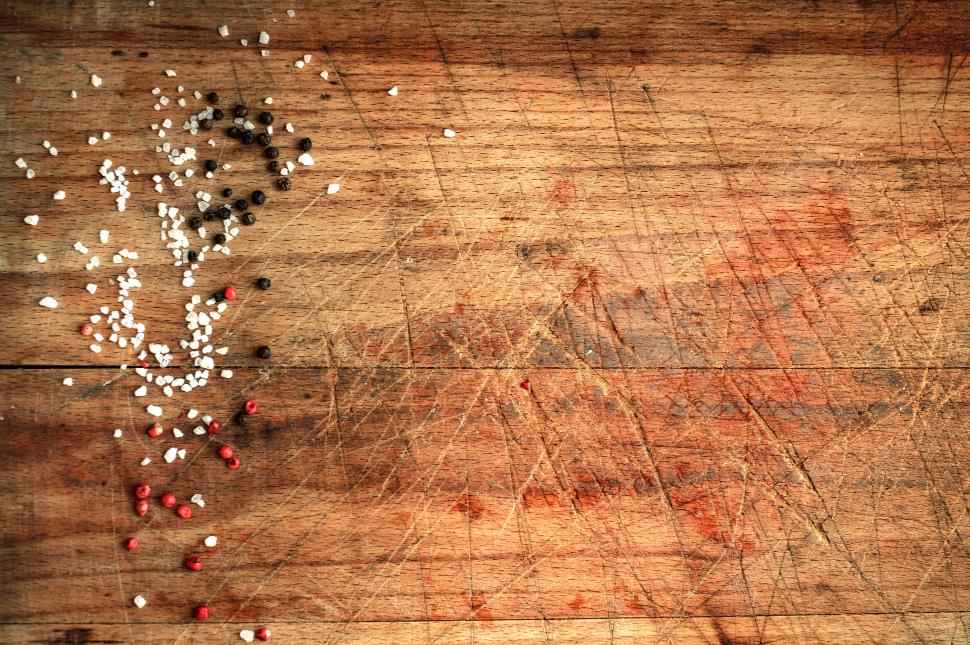
Therefore, it has a hard time keeping scratches and other marks caused by the sharp cutting edge of a knife. An alder cutting board’s surface will be full of scratches over time, and these grooves can promote bacterial growth. It’s essential to keep any cutting board with similar impact resistance in top shape by conditioning regularly with food-safe mineral oil.
Knife sharpness
An alder cutting board won’t negatively impact knife sharpness. So, we can flip the impact resistance of alder wood on its head and say it’s very gentle on knives. However, this friendly attribute doesn’t mean much when its other qualities don’t meet expectations.
Durability
These bring us to the durability of alder cutting boards, which you can figure out by now, isn’t very impressive. Alder doesn’t make a long-lasting cutting board, not only for continuous use but for home cooks that use a cutting board for less than an hour a day.
It has poor durability against everything a cutting board faces – the liquids from foods, a sharp knife, and washing and drying cycles. It’s best to leave it for indoor furniture, cabinets, and turned products.
Is alder good for cutting boards?
To answer the question shortly, all these remarks deem alder unfit to make a cutting board, let alone be a good one. We highly recommend looking for better alternatives.
Recommended alternatives to alder
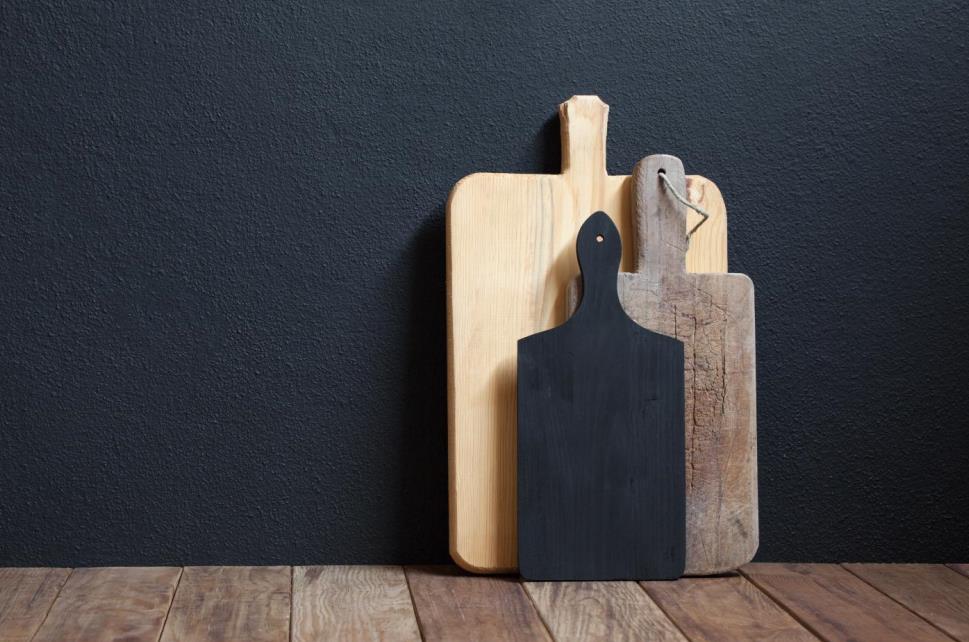
You have plenty of options to replace alder. The following woods have proven themselves to be a top choice for cutting boards.
Acacia
Cooks of all levels highly favor acacia cutting boards. From home cooks to professional chefs working at fast-paced restaurants, acacia makes a cutting board that adapts. It’s durable, maintains a fair relationship with knives, and is easy to upkeep.
An acacia cutting board won’t demand much from the end-user and last long. The tight grains don’t give way for bacteria to hide, and acacia’s natural antibacterial properties kill them before you know it, making it a sanitary cutting board.
The best part about acacia cutting boards is that they come in various prices that fit the budget of every customer. There’s an acacia cutting board perfect for everyone.
Teak
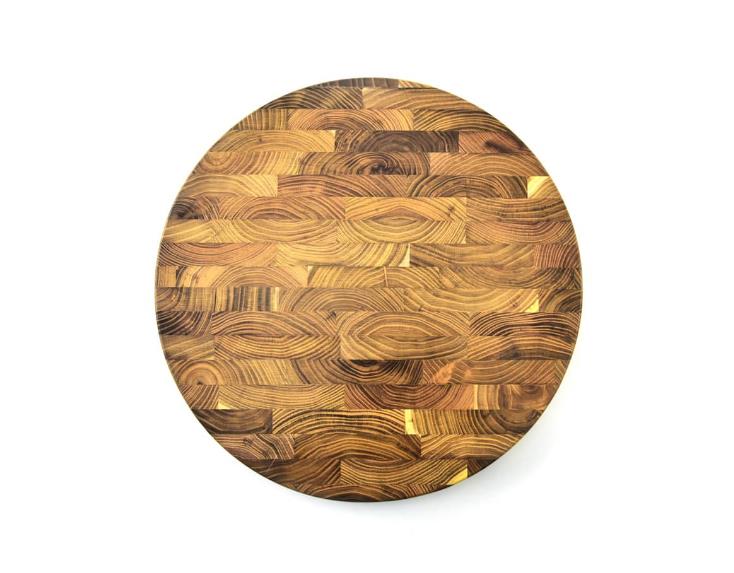
Teak makes an aesthetically pleasing, beautiful cutting board with first-class qualities. It isn’t particularly hard at 1,000 to 1,150 pounds of force on the Janka hardness scale but is rich in natural oils.
The density of teak is at a practical spot to keep knives sharp. The high natural oils enable teak cutting boards to almost repel water. Warps and cracks caused by moisture to teak cutting boards are next to nonexistent – complemented by its medium-sized pores.
These main features of teak cutting boards make them stand above many others. As expected, teak comes with a rather expensive price tag that might scare average users. Teak is more suitable for professional chefs and those looking to get more than usual from a cutting board.
Sapele
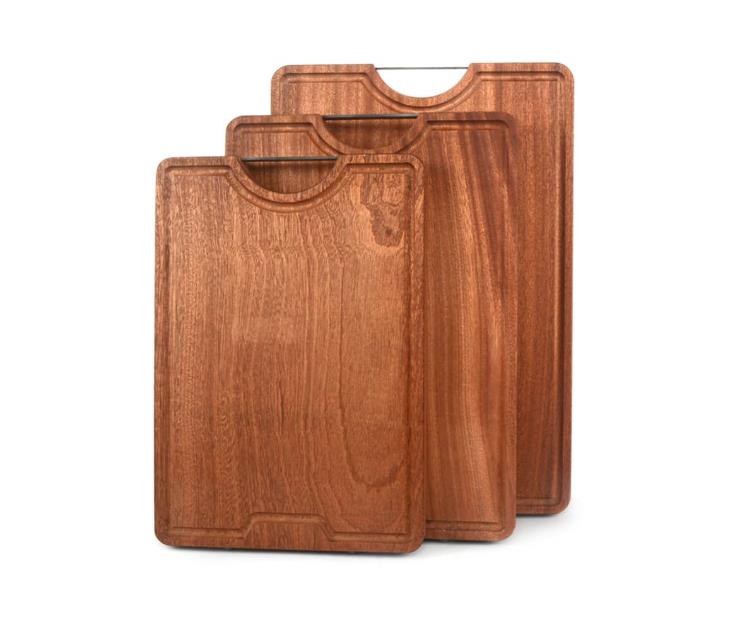
Sapele cutting boards are slowly replacing those made from mahogany for good reasons. Sapele is harder, lasts longer, and is cheaper than mahogany. The best is you get the same aesthetics, with a dark, reddish brown surface.
Sapele is quite hard at 1,500 lbf on the Janka hardness scale. This creates a highly durable wood against everything that a cutting board faces regularly. Even face grain sapele cutting boards won’t show many scratches, though they can negatively affect knife sharpness.
If you want to offer a very durable product that will last for years to your customers, sapele, especially the cutting boards made from the end grain, is one of the heftiest alternatives.
Ironwood

Ironwood takes the durability of the mentioned woods several steps further. It’s significantly harder at an impressive rating, placing it among the hardest woods. At this level of hardness, ironwood produces an extremely resilient cutting board.
The hardness isn’t the only reason for its practicality as a cutting board material. It requires little maintenance and has a dark, rich appearance that hides stains.
While the impressive hardness makes ironwood cutting boards last longer than many, it’s quite hostile to the cutting edge. The surface of an ironwood cutting board can be too harsh for knives with mediocre edge retention. We recommend shops pass on the face and edge grain and look for end grain ironwood cutting boards, as they will be gentler on the cutting edge.
Buy Wholesale Cutting Boards and Start Scaling up with Us Today
Contact us and connect with a sales rep to get a free quote.
Final words
Overall, alder isn’t ideal to make useful cutting boards. It’s too soft and has poor rot resistance that can warp or crack on your customers.
If you already have some in stock, consider turning them into display trays. Thanks to its easy workability, it doesn’t take much to transform alder cutting boards into similarly built products.
Countless substitutes perform significantly better than alder at similar prices. The names mentioned in the above list are only the beginning. Feel free to browse our cutting boards catalog for bulk purchases. We have a wide range of cutting boards with different specs that fit every customer type.
Found a product that intrigues you? Request a quote from us today.
